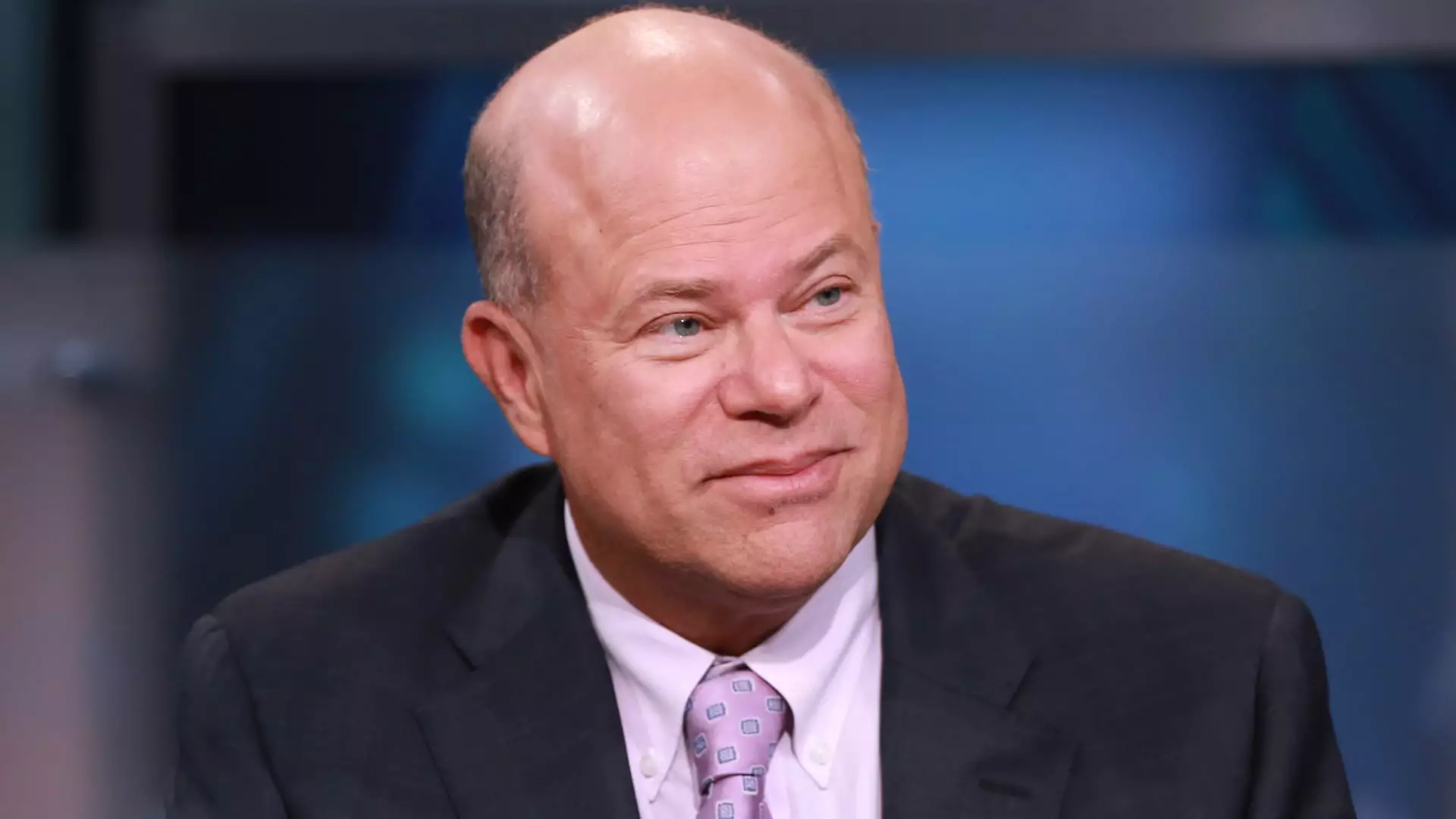In recent financial discussions, the actions and statements of the Federal Reserve (Fed) have drawn significant attention, particularly in light of their recent decision to lower interest rates. As prominent investor David Tepper articulated on CNBC’s “Squawk Box,” the credibility of the Fed is a critical factor in how investors should interpret these moves. Tepper suggests that when the Fed promises a recalibration of policy, it should be taken seriously. His statements reflect a broader discourse within financial markets regarding the Fed’s commitment to its forward guidance and operational strategies.
The Fed’s decision to cut benchmark interest rates by half a percentage point is a significant event, marking the first major easing in four years. This sudden shift raises questions about the underlying economic conditions that precipitated such a move. Historically, rate cuts are implemented in response to economic downturns or significant uncertainties, yet current economic indicators remain relatively stable. Tepper’s pointed observation about the Fed’s need to follow through on its promises underscores the interplay between monetary policy and market confidence.
Tepper explicitly notes that the central bank’s credibility hinges on its ability to deliver on its commitments. The concept of “credibility” in central banking refers to the trust that financial markets and the public place in the Fed’s intentions and forecasts. When Fed Chair Jerome Powell mentions a “recalibration,” he is not merely discussing a shift in rates; he is signaling a philosophical and strategic pivot that advisory and investment communities must interpret with caution. Tepper further emphasizes that in order to maintain their credibility, the Fed might enact additional rate cuts in the near future.
His estimation, suggesting a total of two or three further cuts of 25 basis points each, proposes a deliberate approach to shifting policy without signaling panic. Yet, the concern remains whether this approach can effectively navigate a complex economic landscape that includes robust consumer spending and persistent inflationary pressures, both of which indicate a healthy domestic economy.
While Tepper appreciates the Fed’s intentions, he expresses caution regarding the broader market dynamics at play. The economic backdrop features a relatively strong growth trajectory, with the Atlanta Fed projecting a 3% growth rate for the third quarter. However, there are underlying signals of slowdown within the labor market that arguably warrant concern. Tepper’s historical reference to the rate cuts of the late 1990s, which preceded the dot-com bubble, serves as a stark reminder of the potential consequences of complacency among market participants in the face of aggressive monetary policy.
The juxtaposition of a resilient economy with easing monetary policy serves as a catalyst for tempering exuberance in stock markets. Tepper candidly admits he feels uneasy about U.S. equities from a valuation perspective but believes that staying invested in U.S. markets, especially when the liquidity conditions are so favorable, is prudent. This sentiment captures an essential dilemma for investors: balancing the inherent risks of overvaluation against the opportunities arising from monetary easing.
Notably, Tepper’s commentary extends beyond U.S. equities; he shifts focus toward international investments, particularly in China and other regions. He indicates a strong belief in the potential for growth driven by government support measures aimed at revitalizing a slowing economy in China. This reflects a strategic pivot that many investors might consider in an environment where U.S. growth appears stable but valuations feel stretched.
The discussion on Asia and Europe highlights a critical aspect of modern investment strategy—diversification beyond U.S. borders can provide valuable opportunities amidst local market uncertainties. As Tepper confidently asserts his commitment to these regions, it raises an intriguing point about the interplay of fiscal policy, economic performance, and investor sentiment on a global scale.
David Tepper’s perspective on the Federal Reserve’s recent rate cuts presents a multifaceted view of both risks and opportunities within the current financial landscape. His emphasis on the importance of credibility, combined with cautious optimism regarding U.S. markets, illustrates a savvy understanding of the complexities inherent in investing today. As the Fed charts its course amid economic stability, the decisions made will inevitably reflect on investor confidence and market dynamics in the months ahead. Ultimately, Tepper’s insights serve as a reminder for investors to remain vigilant, adaptable, and open to the opportunities presented beyond traditional markets.

